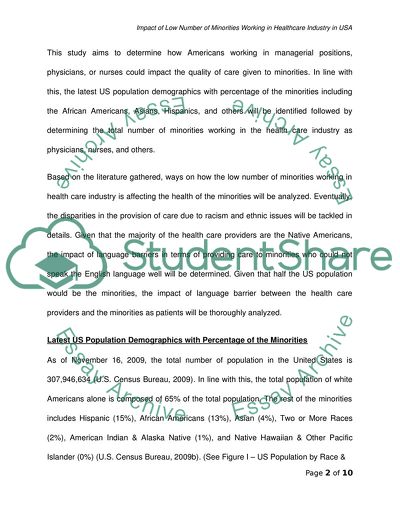Cite this document
(“Impact of low number of minorities working in healthcare industry in Research Paper”, n.d.)
Retrieved from https://studentshare.org/miscellaneous/1559769-impact-of-low-number-of-minorities-working-in-healthcare-industry-in-usa
Retrieved from https://studentshare.org/miscellaneous/1559769-impact-of-low-number-of-minorities-working-in-healthcare-industry-in-usa
(Impact of Low Number of Minorities Working in Healthcare Industry in Research Paper)
https://studentshare.org/miscellaneous/1559769-impact-of-low-number-of-minorities-working-in-healthcare-industry-in-usa.
https://studentshare.org/miscellaneous/1559769-impact-of-low-number-of-minorities-working-in-healthcare-industry-in-usa.
“Impact of Low Number of Minorities Working in Healthcare Industry in Research Paper”, n.d. https://studentshare.org/miscellaneous/1559769-impact-of-low-number-of-minorities-working-in-healthcare-industry-in-usa.


